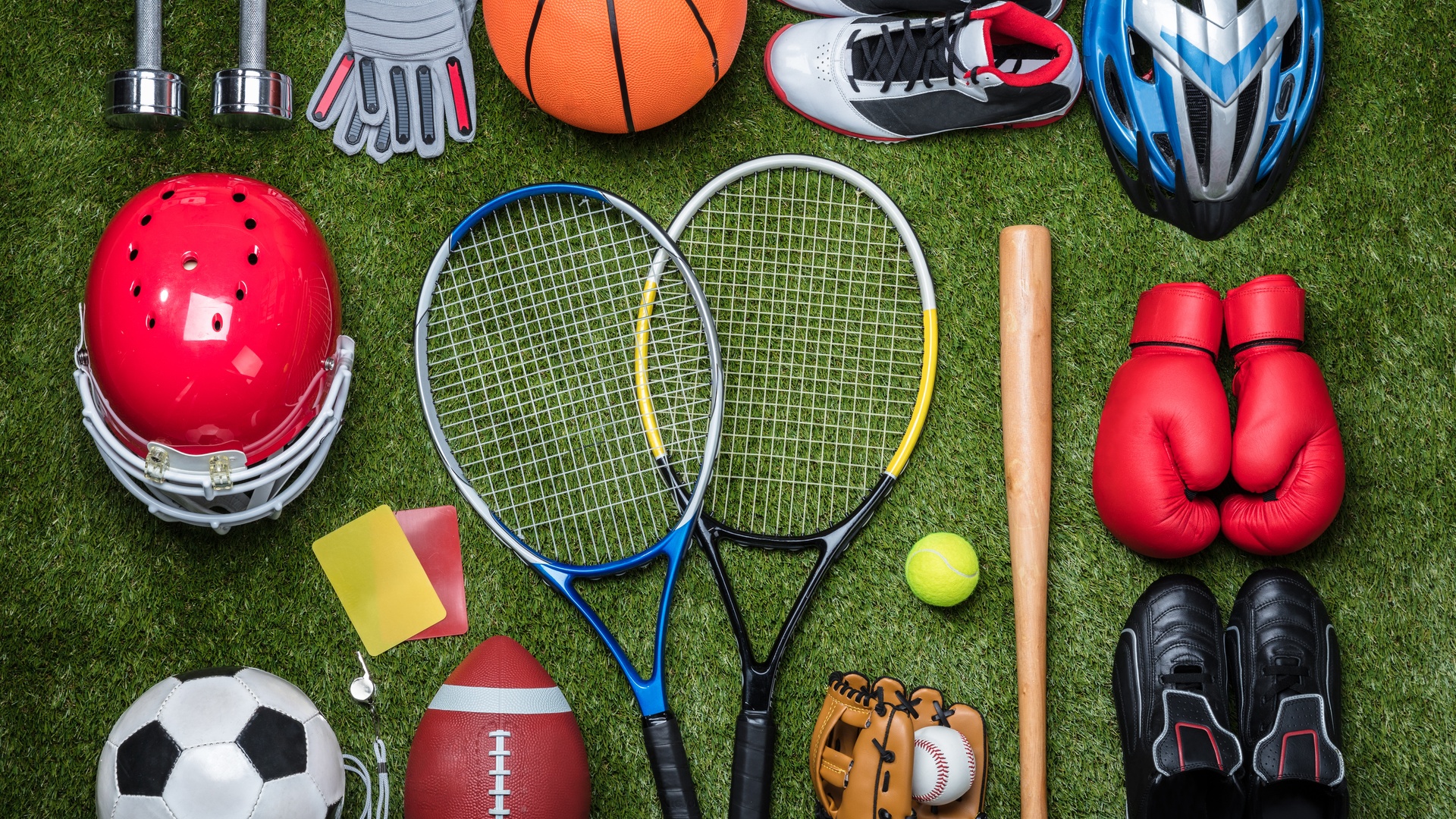Key Factors in Designing High-Impact Sports Equipment

Creating high-performance sports equipment is both an art and a science. Athletes expect their gear to enhance their performance, protect their bodies, and match their personal style. Knowing the key factors in designing high-impact sports equipment ensures the creation of products that excel in functionality and customer satisfaction. Here is how to develop sports equipment that is more durable and reliable.
Performance Optimization
The primary function of any sports equipment is to enhance athletic performance. To achieve this, you must consider the unique requirements of each sport. Think about how material composition, weight distribution, and ergonomics affect the speed, power, and precision of an individual’s performance.
For example, a tennis racket optimized for control may feature a smaller head size and tighter string tension, while one designed for power requires a larger string bed and lighter frame. Ensuring every feature aligns with the end goal of peak performance is pivotal.
Durability and Safety
High-impact sports equipment must endure intense conditions while ensuring the safety of its users. This calls for selecting the right high-performance fiber products that can provide the strength and resilience athletes need for demanding applications.
Furthermore, every material and design should be rigorously tested under real-world scenarios to reduce potential failures or injuries. Building a reputation for reliability builds trust and positions your brand as a leader in the market.
Comfort and Fit
Athletes want sports equipment that feels like an extension of their own body. Comfort and fit directly correlate with performance, especially with equipment that is worn or carried by the user, such as helmets or footwear.
A poorly designed fit can lead to unnecessary distractions, fatigue, or injury. By incorporating adaptable designs, size variations, and adjustable features, you can cater to the diverse needs of athletes and maximize usability.
Innovative Technology
Cutting-edge technology can elevate your designs and make your brand stand out. Utilizing advancements such as smart sensors for real-time performance analysis or materials such as graphene for enhanced strength-to-weight ratios can set your equipment apart. Staying ahead of technological trends allows you to address consumer demand for innovation and features that push the boundaries of what’s possible.
Aesthetic Appeal
The visual appeal of sports equipment is also vital to consumers. A visually striking product that incorporates contemporary colors, sleek finishes, and minimalist or bold designs will attract athletes looking to make a statement. Never underestimate the power of eye-catching aesthetics in complementing the equipment's performance.
Creating exceptional sports equipment requires a careful balance between multiple elements. By prioritizing these key factors in designing high-impact sports equipment, you can design products that inspire confidence, enhance performance, and build brand loyalty.







